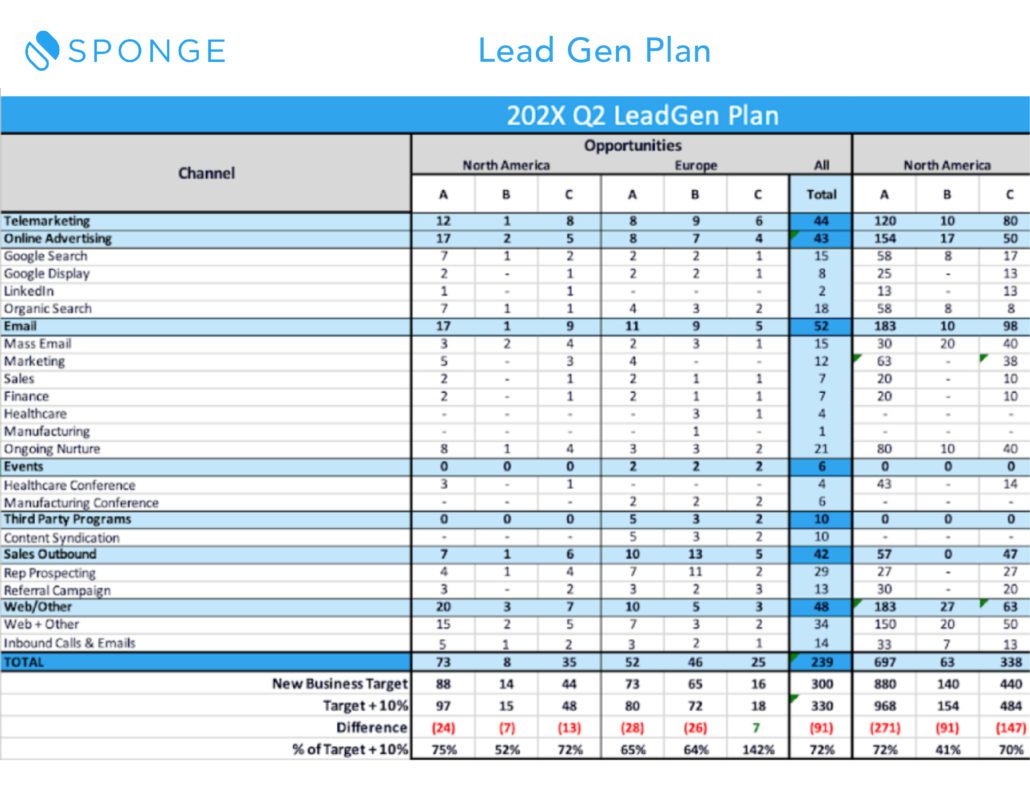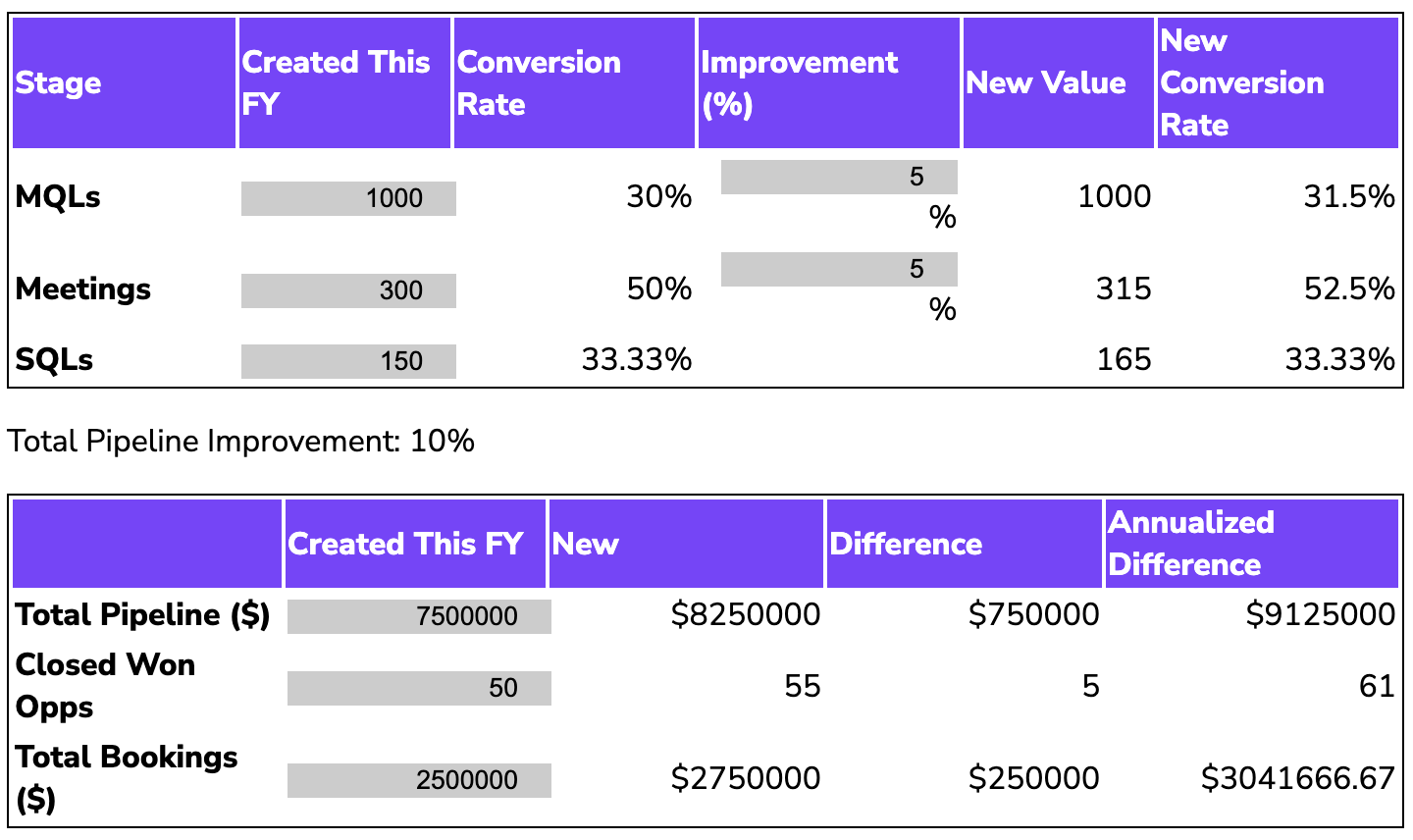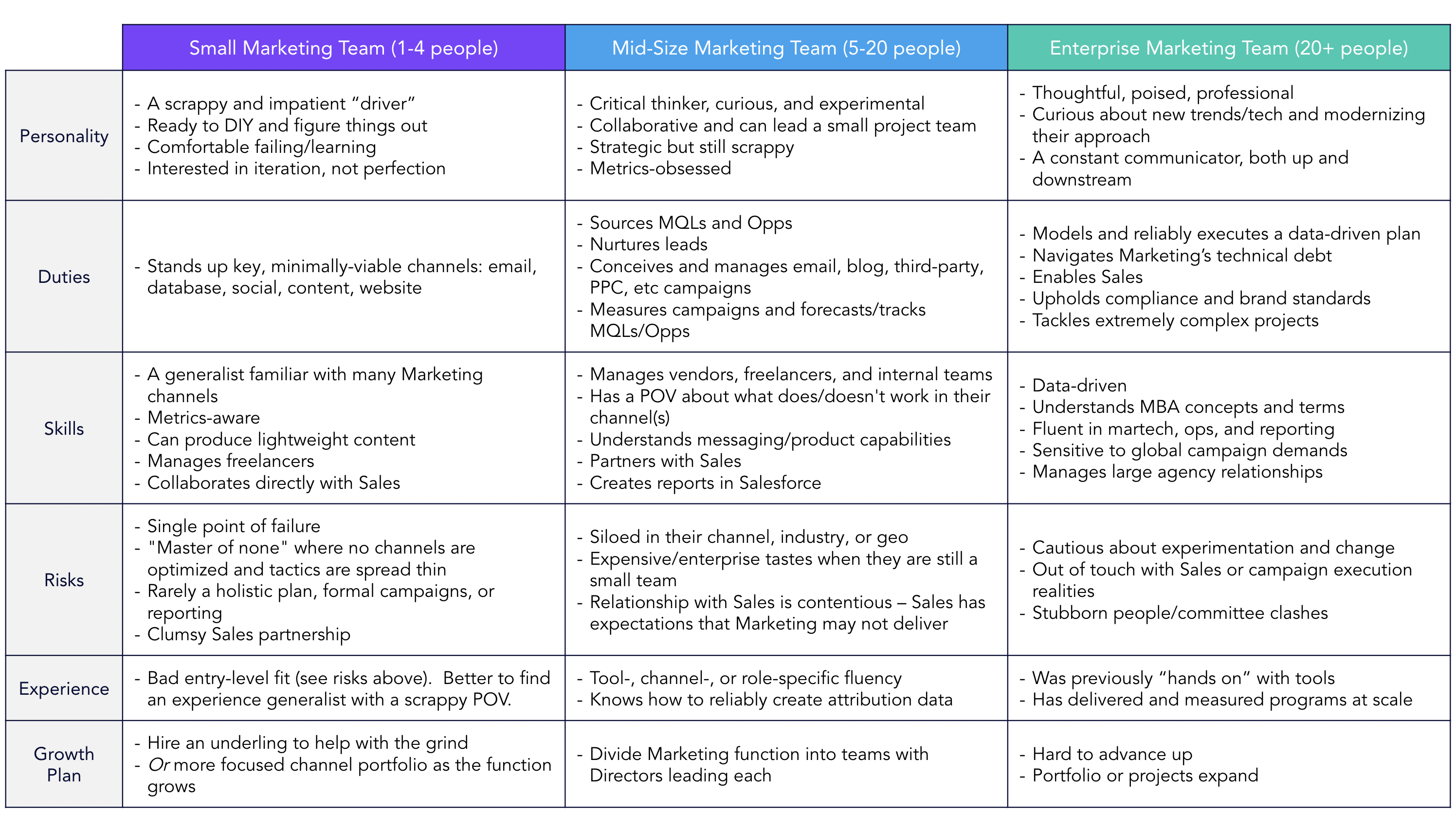I’ve been talking to a lot of marketers lately, and they all seem to have one thing in common – they could really use a bigger marketing budget. And yet while most marketers agree they’re strapped for funds, there seems to be this resignation that it is what it is.
There certainly are limits to your company’s willingness to spend on marketing headcount and campaigns. But I’d argue most marketers simply accept whatever number comes out of the voodoo Excel magic your CFO is doing. Instead, here’s how to proactively demonstrate what you can do with different dollar amounts.
>> Related: How to Create a Marketing Budget [Excel Template] <<
In this post:
Negotiating mindset: Three ways to say “yes”
I first learned this technique from The Consulting Bible by Alan Weiss. He says the most common pushback you encounter from potential clients is, “Wow, this is great, but we weren’t prepared to spend this much. Can you come down by x%”. Depending on your personality, your natural reaction may be to simply reduce your price to get the contract, or hold firm and hope they sign anyway.
Instead, Weiss suggests submitting a proposal with 3 options:
- Option A is a small pilot with a small budget. It absolutely doesn’t deliver everything they want.
- Option B is a larger budget that delivers the most important milestones.
- Option C is the biggest scope and biggest budget. It delivers everything.
Now, after seeing your proposal, the prospect may say something like, “We really want to tackle Option B, but our budget is more in line with Option A. Can you come down at all?” To which you respond, “No problem. Let’s start with Option A, and then once we get through the first phase, you can decide if you want to continue working with me to achieve the extra deliverables in Option B.” Almost everyone will bite and sign the contract (whether Option A or Option B).
The key here is you’re giving people three ways to say YES instead of a 50/50 chance of saying yes or no. You’re also matching budget to deliverables, so it’s clear what they get for the money.
Proactively model 3 marketing budgets
You can use the same method to negotiate a bigger marketing budget. Most marketers are handed a budget number and expected to make it work, regardless of lead/opportunity targets. If you treat your budget as a fixed cost, you’ll end up signing up for targets that you can’t possibly achieve, and yet you’re telling the CEO and VP of Sales that you can.
Guess who’s getting blamed when you don’t hit the target?
Instead, before you’re given this mythical marketing budget number, take charge and demonstrate what you can do for different dollar amounts. If you know your revenue goals, Average Sales Price (ASP), and funnel conversion rates, you can model how many Opps you need, plus the cost to get there.
Tips for negotiating a marketing budget
Of course, attaching 3 forecasts to an email won’t guarantee success. Here are the lessons I’ve learned negotiating a $4M marketing program budget:
- Get involved in the planning process early. In reality, there’s no voodoo magic happening to determine your budget – you’re just not part of the conversation. To earn a bigger marketing budget, you need to insert yourself into the planning process. Understand the revenue scenarios at play – what are the conservative, moderate, and aggressive plans for the company? Then craft marketing plans to support each one.
- Demonstrate you’re getting more efficient. This is a big one. It’s hard for a CEO to swallow spending $500k more in marketing. But if you show you’re actually becoming more efficient on a cost/lead and cost/opportunity basis, it’s an easier conversation.
- Make Sales your ally. Sales always wants more from Marketing. When you’re coming up with the marketing plan, ensure you’re on the same page about goals and who owns what. If Sales is arguing they need more from Marketing, and you present a plan that generates more, leadership is more likely to bite.
- Deliver what you say you’re going to deliver. The biggest factor in earning a bigger budget is trust that you’ll use those funds wisely. You earn trust by doing what you say you’re going to do consistently over time. No more signing up for targets you don’t believe in. Instead, create a plan you really think you can achieve, and hit your targets month over month, quarter over quarter.
Video walkthrough
Real talk: hope is not a strategy! This robust Lead Gen Plan template maps how many leads and opps you need to generate each quarter.




